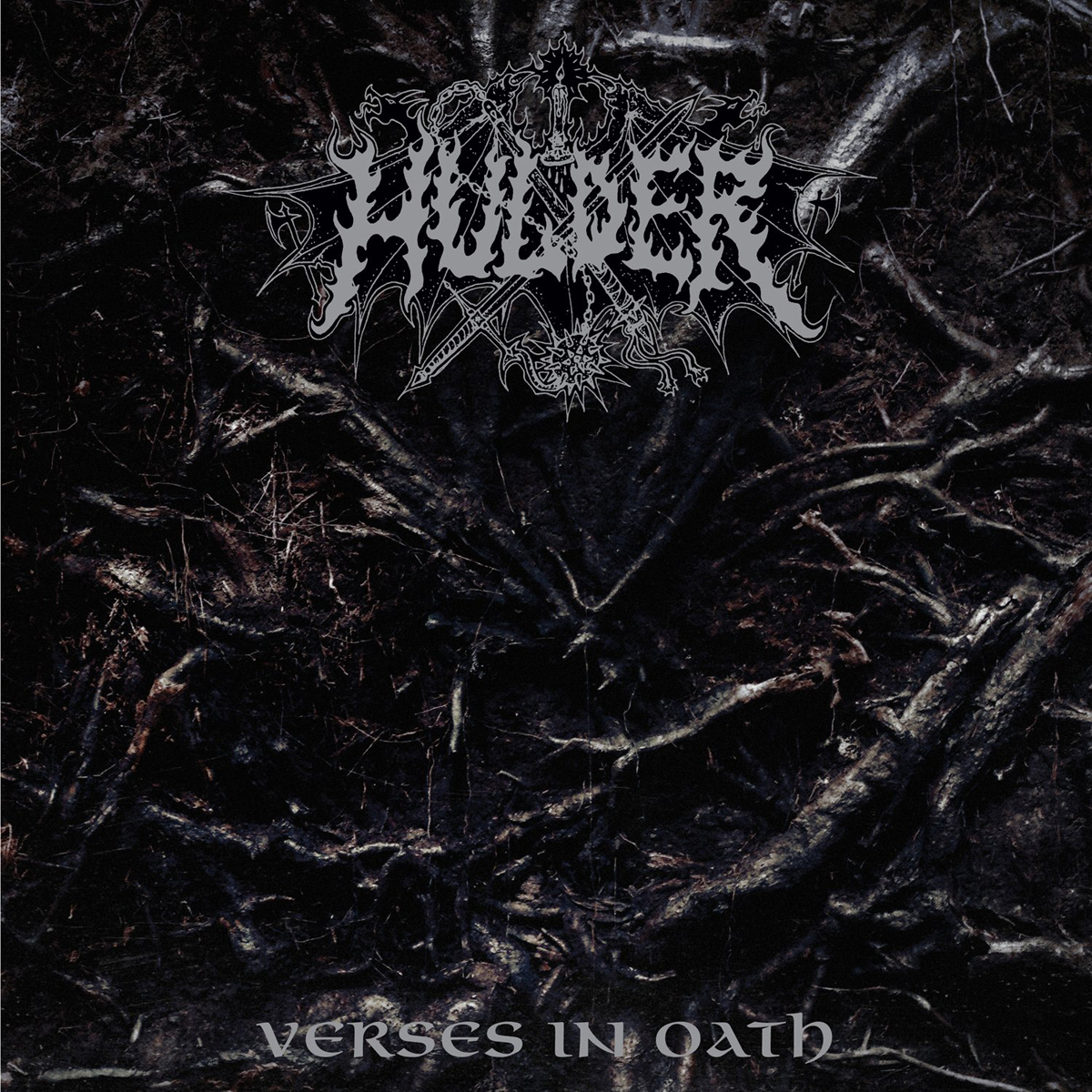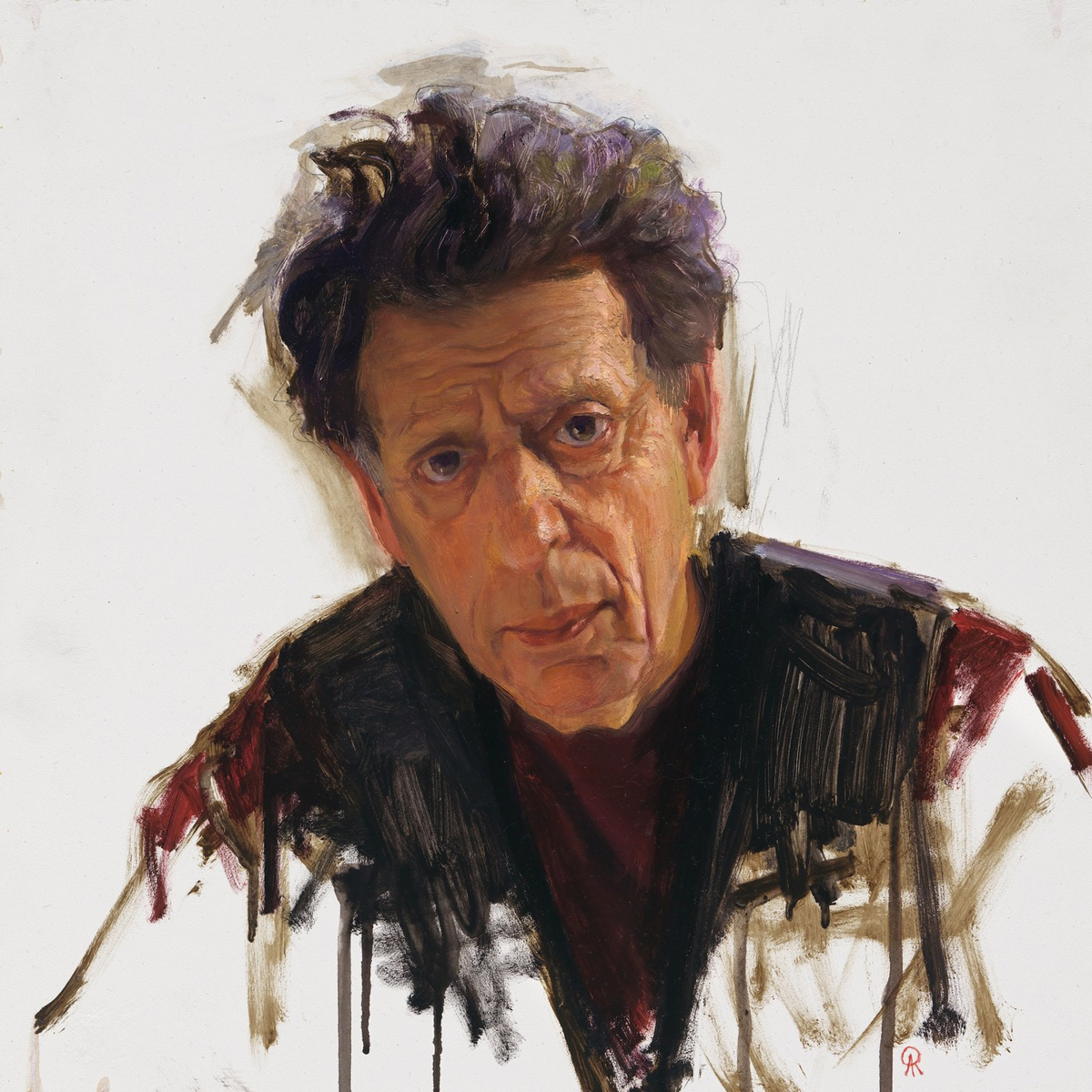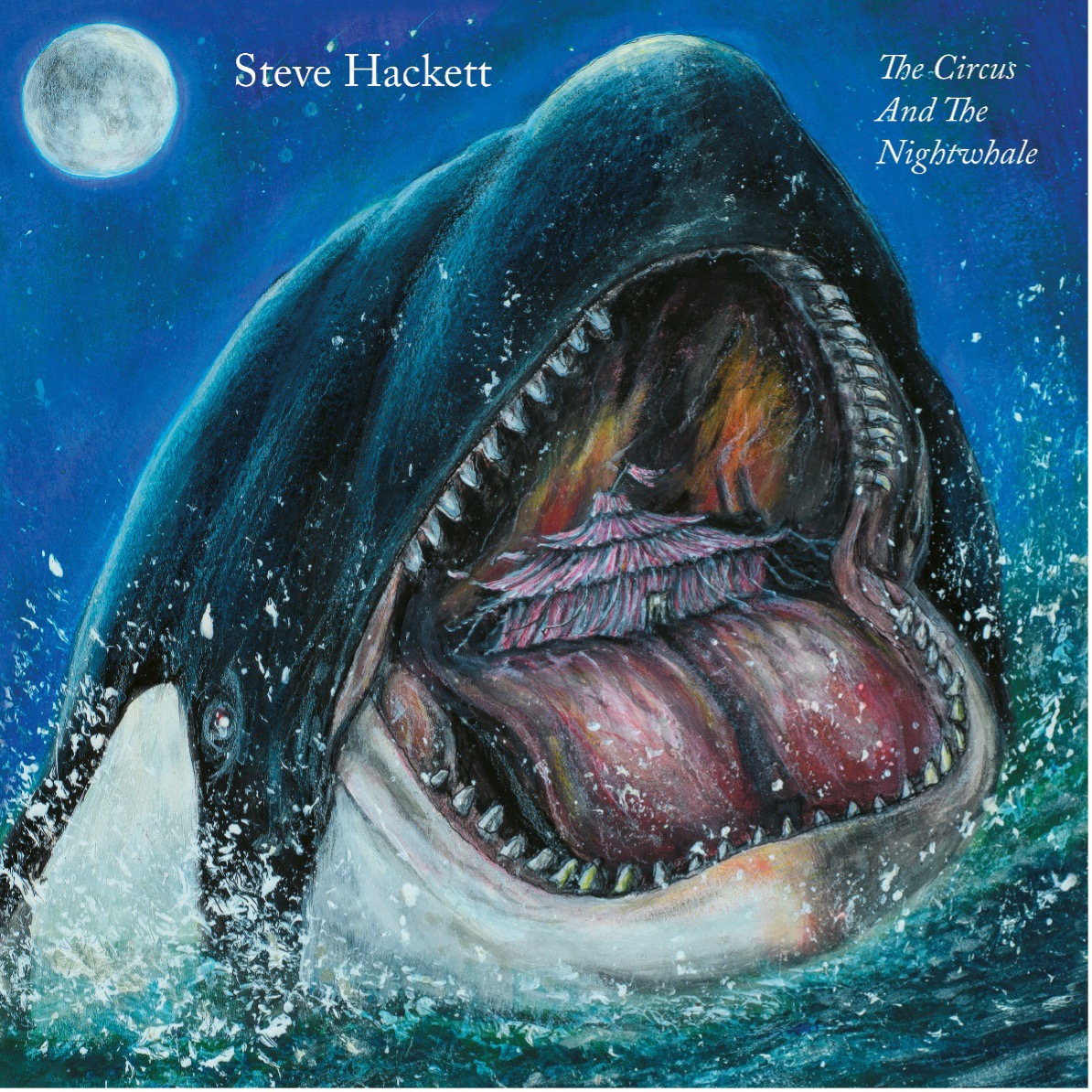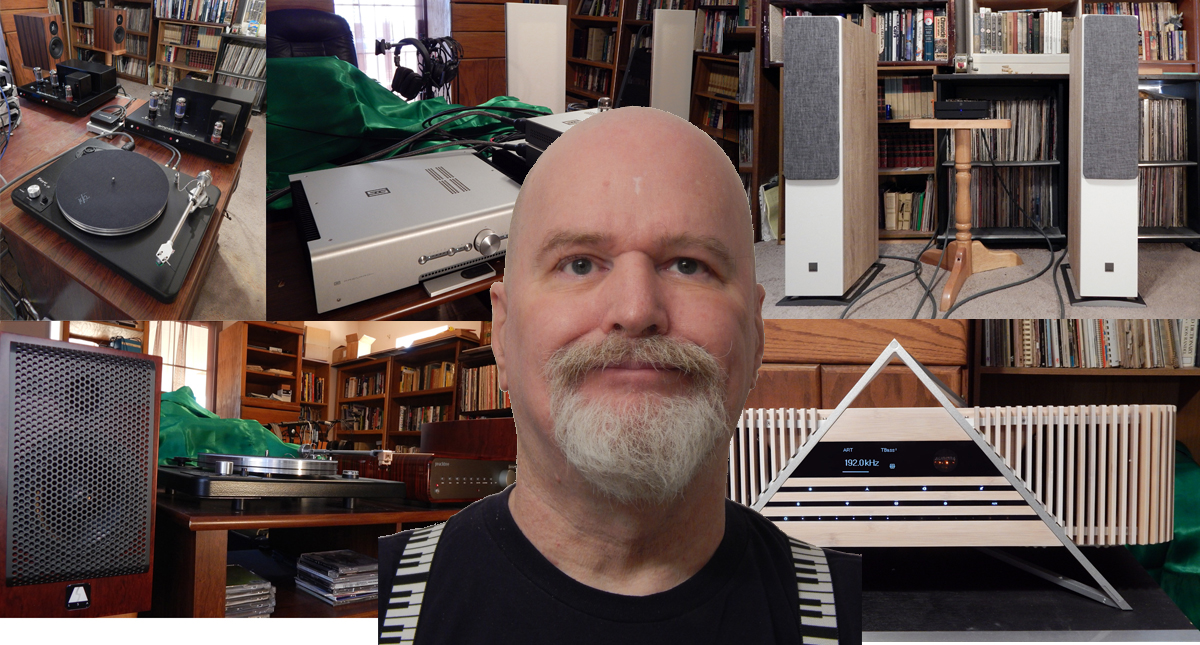Another month and another spate of intriguing new release offerings from Qobuz.

Jumping right into it, my first exploration was a fantastic find, The Last Dinner Party who is very reminiscent of one of my favorite artists of the last decade Marina and the Diamonds (now just Marina), which is to say a fantastic cross between Bryan Ferry and Kate Bush.“Prelude to Ecstasy” (24-bit/48kHz – Qobuz) is more than a simple prelude, that is to say pure ecstasy. The eponymous opening track “Prelude to Ecstasy” is a short orchestral piece with hints of Gershwin and Orff that leads directly into “Burn Alive” a kind of larger-than-life anthem with a pulsating underlying beat. “Caesar on a TV Screen” elicits visions of early Roxy Music with a contemporary edge to it. This is followed up by a dark ballad/rock call to arms, “The Feminine Urge”. Gentle piano strains and angelic vocal open the ballad “On Your Side”, which maintains a mellow emotional intensity with the occasional crescendo. This pattern of quiet sedate ballad continues with “Beautiful Boy” beginning with a lovely flute melody backed by piano which builds up to crescendo and coda. The tender acoustic guitar plucking at the intro of Gjuha offers a Broque/Middle Eastern feel. True to her influences Abigail Morris presents a radically different style with each progressive track while maintaining her particular dynamic presentation so I will spare you a recitation of the qualities of every song except to say that they are all brilliant.

Next up was “Venice” (24-bit/96kHz – Qobuz) by cellist Anastasia Kobekina. It opens with an ethereal piece, “Lamento d’Arianna” (Claudio Monteverdi) which is heart-rending in its beauty and pacing. This is followed up by “Cello Concerto in A Minor, RV 419: III. Allegro” (Antonio Vivaldi) which has an almost jazz feel to its timing and treatment with a lively gypsy percussion performed on the bodies of the instruments. The third track “Abendserenade” (Valentin Silvestrov) was also compelling and noteworthy drawing forth memories of Rob Wasserman in its stark cadence. After that was a Celtic-sounding piece “Go, Crystal Tears” (John Dowland from “The First Booke of Songes”). The rest was made up of orchestral music, to a total of 23 tracks, which though wonderfully played was not as arresting as the first four.

Well they can’t all be gems, and the last thing I thought I would ever say about a death metal band was that it was bland, but that is the best descriptive of Hulder’s “Verses in Oath” (24-bit/44.1kHz – Qobuz) that comes to mind. I won’t say they aren’t talented musicians, what they are doing seems difficult enough, the drummer (assuming that he is a drummer and not a machine) pounds away at full speed on the drums continuously, and some of the songs have plenty of chord changes, but they have no rhythm, melody, or beat. While there are often fills on the drums, there is no accent, the songs just drone away endlessly, and the vocal is stereotypical death metal growl. The album opens with “An Elegy” which is two minutes of bird and wind noises presumably to set a mood, which ends abruptly. This is followed by mechanical song after mechanical song.

In almost complete antithesis to this is “Harm’s Way” by Ducks Ltd. (24-bit/96kHz – Qobuz), though after listening to most of the album I realized that what gives this impression is the bass player who is rather chaotic in his melody, though he maintains a constant, blistering-paced beat. The drums are competently played with exacting precision and occasional flair, while the guitar exhibits style and rhythm as well as a counterpoint the the bass and drums. “Train Full of Gasoline” seems to sum up their sound in both performance and theme, though the standout song is “Heavy Bag” which is a fast-paced mellow ballad.

The next thing to catch my eye was Alkaline Trio’s “Blood, Hair, and Eyeballs” (24-bit/48kHz – Qobuz) because their album cover sports a large X on a white background with the title in red. Being a huge X fan I had to see what it was about. Despite song titles like “Hot For Preacher” what you get is some very melodic speed punk. While not quite rising to the level of pleasure provided by The Last Dinner Party or Anastasia Kobekina it was a refreshing change from Hulder and to a lesser extent Ducks Ltd.. The musicianship was virtuoso, as one expects from a proper punk band (contrary to popular belief) bringing up visions of 45 Grave, the Dead Kennedys, and the Meat Puppets. While the album is a solid head thumper, nothing stood tall against the rest.

I decided I wanted to add a review of Steve Hackett’s new album to this review and discovered that its release was actually two days away at this writing, but while searching for it, I came across two other must-hear albums, the first being Mark Mothersbaugh’s “A Real Bug’s Life (Original Series Soundtrack)” (16-bit/44.1kHz – Qobuz) which turned out to be as brilliant as anticipated. A series of orchestral vignettes rather than a coherent composition, each piece contemplative and dramatic in that way that can only come from Mark Mothersbaugh.

The second was “Philip Glass Solo” (24-bit/44.1kHz – Qobuz) which features Philip Glass’s amazing piano playing to complement his rhythm-intensive composition style. “Opening”, the first track, features a plethora of concurrent melodies layered atop each other with an almost Zen meditative depth. Ironically, the first half of “Mad Rush” is ‘anything but’, the pace picks up in the second movement, returning to a more sedate pace in the third movement though with more energy than the first. Each subsequent movement of the seventeen-and-a-half-minute-long piece offers a slightly different cadence with a weight of thought that belies the song’s title. “Metamorphosis” was done in five parts, each starting in a different key. “Truman Sleeps” is classic Philip Glass, with a variety of melodies overlayed his continually changing single-note rhythms interspersed with occasional chord rhythms.

So the awaited Steve Hackett album is out, and I was completely blown away. Steve Hackett is a world-class guitarist in his own league, a bastion of classical and progressive rock guitar, and don’t get me wrong, “The Circus and the Nightwhale” (24-bit/48kHz – Qobuz) is an amazing album, it just isn’t Steve Hackett, I mean it is, of course, it just isn’t what you would expect. It plays like a classic metal rock opera with an homage, whether meant ironically or intentional, to Eddie Van Halen. The songs, like “People of the Smoke”, are certainly complex and layered enough, and contain a bit of Steve’s virtuoso guitar, but it is laden throughout with blistering guitar shredding with that classic metal sound. It opens with a Pink Floyd-style old radio clip collage before jumping into an orchestral passage that devolves into the introductory guitar. There is even a bit of choral in that first track. “Taking You Down” has some absolutely tasting saxophone and more than a little spectacular keyboard. The fourth track “Found and Lost” opens with a bit of acoustic classical guitar then transitions into a bit of jazz with more lovely sax. Taking a step into more conventional progressive rock is “Enter the Ring” which features some Jethro Tull-style flute. On a third listen, it occurs to me that it is possible that the whole album is a tip of the hat to all of his contemporaries, as I can hear bits of everybody in it. Whether it is percussion or bass, guitar or keyboard, woodwind or string, conventional or exotic the musicianship throughout is top-notch.
Well that’s enough for this month, until next time remember, It’s all about the music.
Reference system used in this review: LSA VT-70 Tube Integrated Amp, Audio-gd R2R-1 DAC, Black Dragon Cables, Core Power Technologies A/V Equi=Core 1000, Vera-Fi Audio VBH-1 (Vibration Black Hole) isolation feet and Dan Clark Audio E3 Planar Magnetic Headphones
HiFiAudio.Guru Playlist: https://open.qobuz.com/playlist/10673532








Leave a Reply
Want to join discussion?
Feel free to contribute!